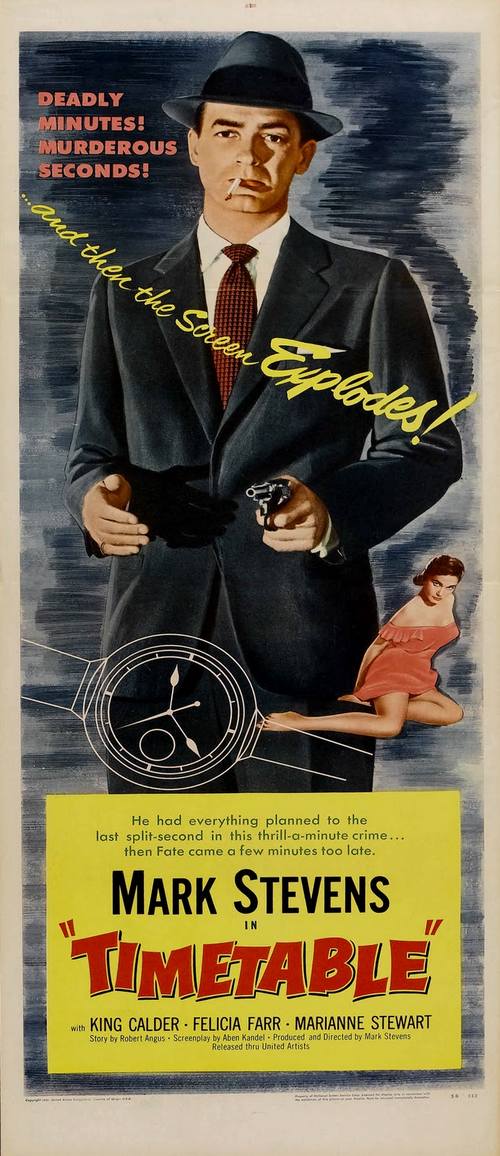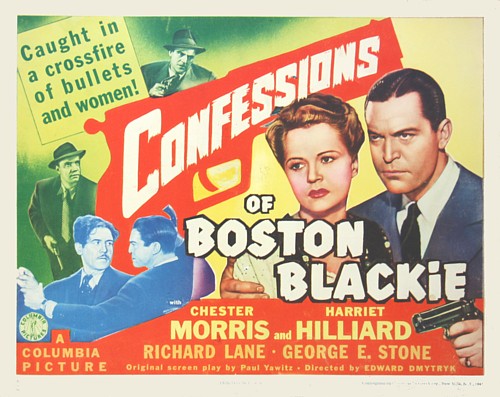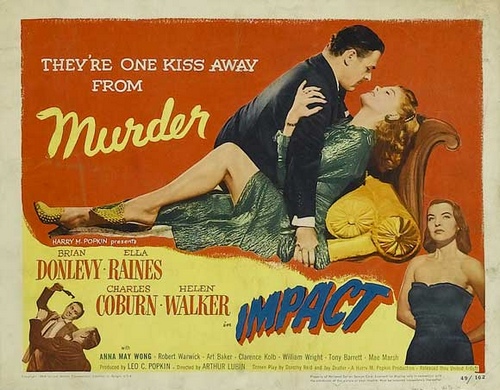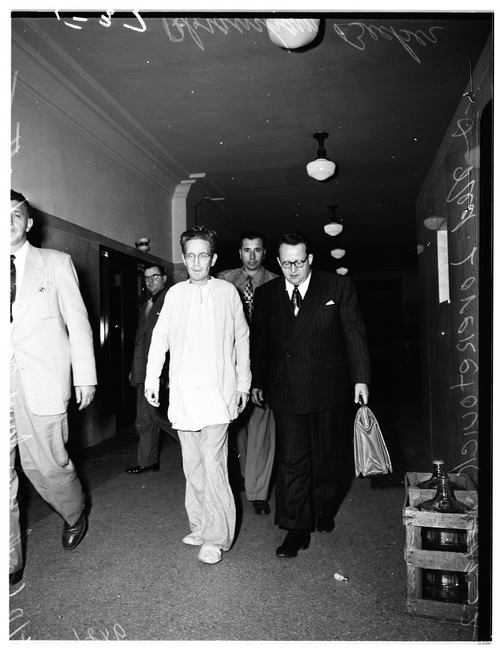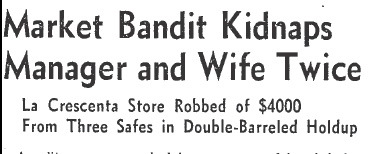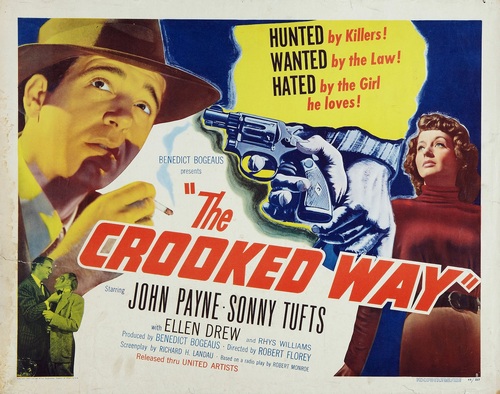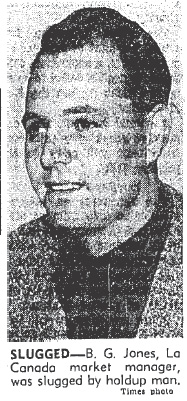 It was just after 6:00 a.m. on December 10, 1951 when a bandit broke into the home of supermarket manager B.G. Jones and his wife Juanita. The bandit had tied a green scarf around the lower half of his face, and he was holding a weapon. He slugged B.G. with a leaded sap and Juanita screamed. In a gruff voice the man asked her if there was anyone else in the house:
It was just after 6:00 a.m. on December 10, 1951 when a bandit broke into the home of supermarket manager B.G. Jones and his wife Juanita. The bandit had tied a green scarf around the lower half of his face, and he was holding a weapon. He slugged B.G. with a leaded sap and Juanita screamed. In a gruff voice the man asked her if there was anyone else in the house:
“Just my little boy, and he’s asleep.”
But eight year old Jimmy Jones wasn’t asleep, he was playing possum. He feigned sleep even as the masked man entered his bedroom with a flashlight and looked around.
Not many kids would have had remained as cool and collected as Jimmy, but the boy had an advantage, he had been prepared for the possibility of a break-in by his father.
B.G. had recently warned Jimmy him that there was a bad guy in the area who was kidnapping supermarket managers and forcing them to open the safes at their stores. B.G. had told Jimmy if he heard anyone break into the house that he was to lie still, wait until it was safe, then run to the phone and call the Sheriff’s Montrose substation; and that’s exactly what Jimmy did.

Jimmy told the Sheriff who answered the phone:
“A man just took my father and mother away to make my daddy open the safe.”
Then he said:
“He shined his light right in my face, but I pretended I was asleep. I kept my eyes shut and didn’t move.”
The radio car in which Deptuies Joe Rieth and J.R. Shelton were riding was immediately dispatched to the Shopping Bag Market at 920 Foothill Blvd in La Canada. The deputies roared up just as Jones, stalling for time, was fumbling with his key before unlocking the door for the bandit. The masked man ran from the cops smack into John Davis, an off-duty deputy. Davis pulled his pistol and commanded the man to halt, but the fugitive continued running even as Rieth and Shelton fired at him.
Slugs from Reith’s weapon penetrated the man’s neck, while pellets from Shelton’s shotgun peppered his legs. The man was so pumped with adrenaline that he continued to flee. When Rieth and Shelton caught up with the masked man they found him slumped over the wheel of Davis’ car desperately attempting to fire up the engine.
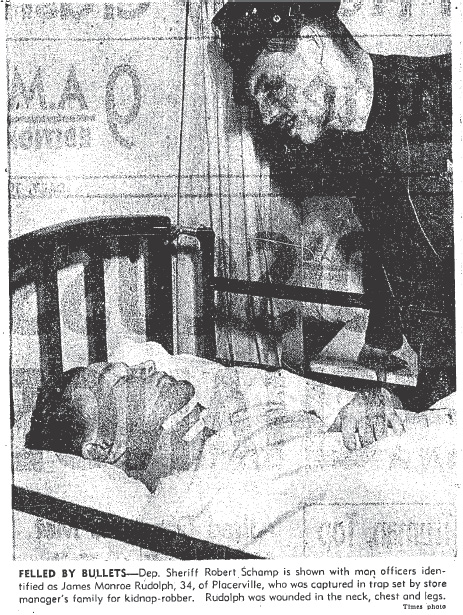 The critically wounded crook was taken to Physicians & Surgeons hospital, Glendale, where he gave his name as Jim Marcus.
The critically wounded crook was taken to Physicians & Surgeons hospital, Glendale, where he gave his name as Jim Marcus.
The Sheriff’s didn’t take the man at his word which was just as well, he was lying. It didn’t take long for them to ID him as James Monroe Rudolph of Placerville, California, which is located about 450 miles from where he’d committed his most recent crimes.
Deputies found Rudolph’s late model Buick sedan parked about a block from the Jones’ home and when they searched the trunk they found some highly incriminating evidence: 100 empty money sacks (the kind used by businessmen to make bank deposits); scores of rolls of coins; and a wallet containing five $100 bills and an ID that gave Rudolph’s L.A. address as a motel at 4562 N. Figueroa Street.
Also in the car were several changes of clothing, a .45 caliber automatic pistol, a Las Vegas police badge and a fire extinguisher loaded with a knockout solution for spraying victims, and a green scarf. The cops finally had the Green Scarf Bandit, the villain who had been eluding them for weeks.
Sheriff’s robbery squad detectives went to Placerville where they arrested Rudolph’s wife, Inge, a German war bride. Inge surrendered to the detectives two fur coats, a fur jacket, a fur neck piece, several pairs of expensive field glasses, a half dozen cameras and several thousand dollars worth of jewelry.
Inge insisted that she wasn’t a party to her husband’s misdeeds, and the police believed her. She told the cops that she thought that he had purchased the luxury items with money he had won in card games. Inge must have thought her husband was a high roller when he put over $8,000 [equivalent to $71,713.00 in current U.S. dollars) down on their $17,000 [equivalent to $152,291.00 in current U.S. dollars] home.
Rudolph and Inge had met in Germany and they married in a civil ceremony in Linz, Austria in 1947. After Rudolph’s discharge from the Army in 1949 Inge accompanied him to the U.S., first to his hometown of Atlanta, GA, then to Washington, D.C., and finally to California.
While the cops were searching the Rudolph home for more of the Green Scarf Bandit’s stolen loot, Inge traveled from Placerville to Los Angeles to visit James. When she saw his condition she wept at his bedside and then declared that she would stand by him.
While the critically wounded man was in lying in a hospital bed fighting for his life, eight year old hero Jimmy Jones was being honored by Sheriff Biscailuz. The boy was given a miniature sheriff’s badge and Biscailuz said:
“Jimmy demonstrated a courage and calm presence of mind seldom found in a youngster of his age.”
Would James Monroe Rudolph, the man that Jimmy had helped to capture, recover from his gunshot wounds or would he die before he could be tried?
NEXT TIME: The fate of the Green Scarf Bandit.

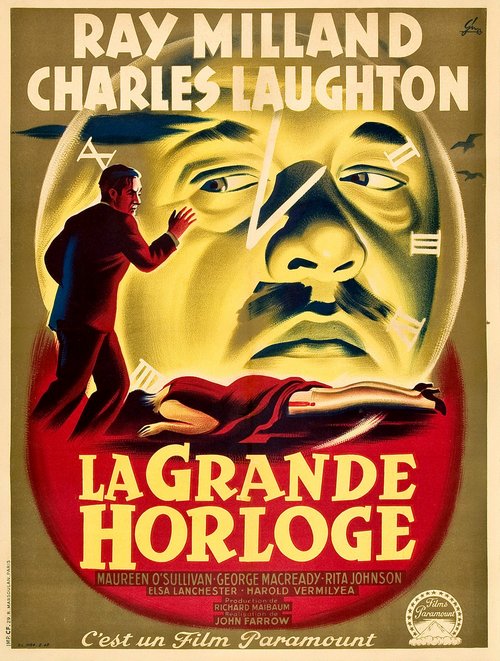

![The Follies on Main Street. [Photo courtesy of LAPL]](https://derangedlacrimes.com/wp-content/uploads/2014/01/00015293_follies.jpg)

![Interior of Skid Row Hotel. [Photo courtesy of LAPL]](https://derangedlacrimes.com/wp-content/uploads/2014/01/00041981_skid-row-interior.jpg)
![The LAPL database doesn't call her out, but I believe the woman in the center is none other than Betty "Ball of Fire" Rowland. [Photo courtesy of LAPL]](https://derangedlacrimes.com/wp-content/uploads/2014/01/00015298_betty-rowland-dressing-room.jpg)
![The "Nickel" (Fifth Street) at night. [Photo courtesy of LAPl]](https://derangedlacrimes.com/wp-content/uploads/2014/01/00041853_fifth-street-night.jpg)
